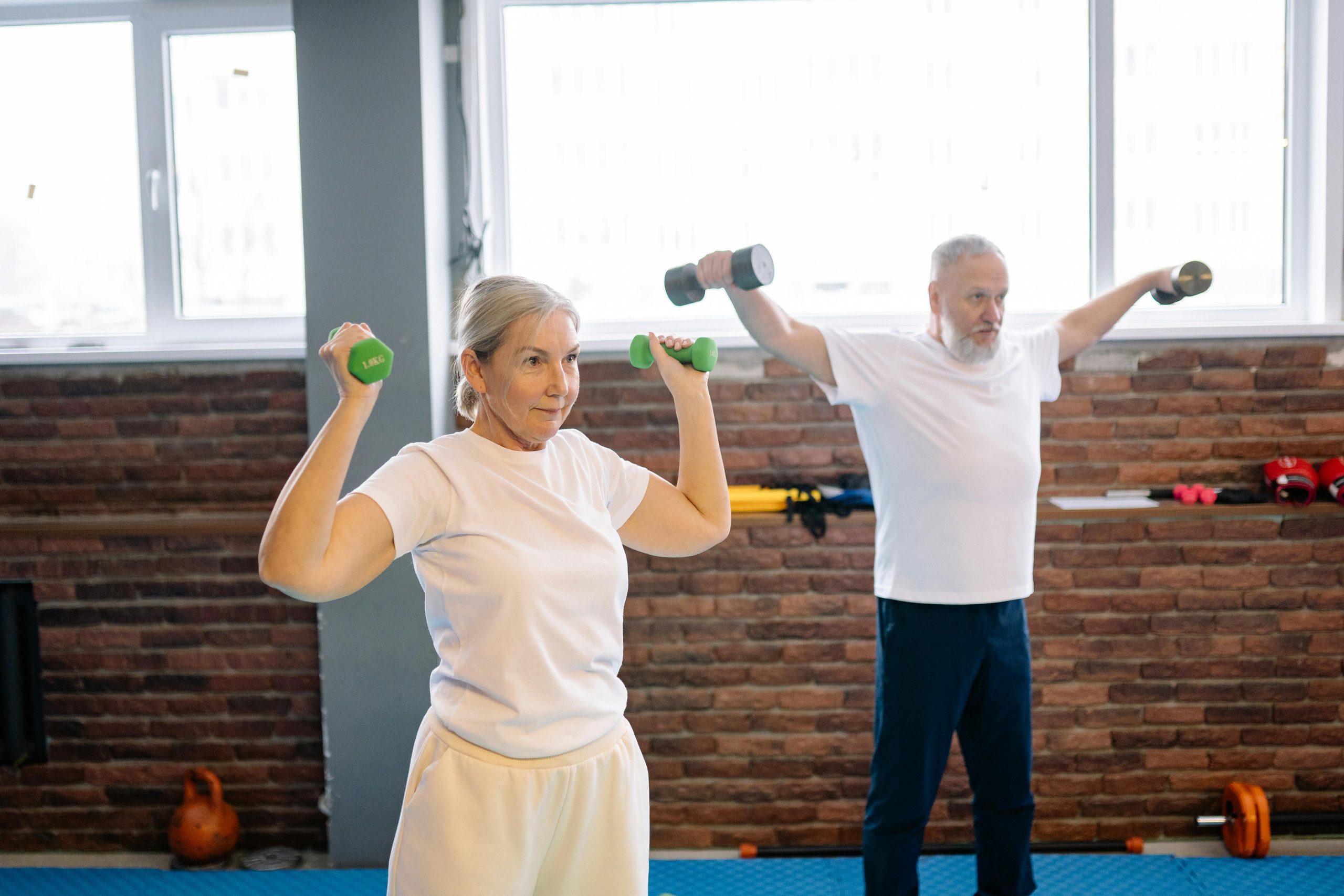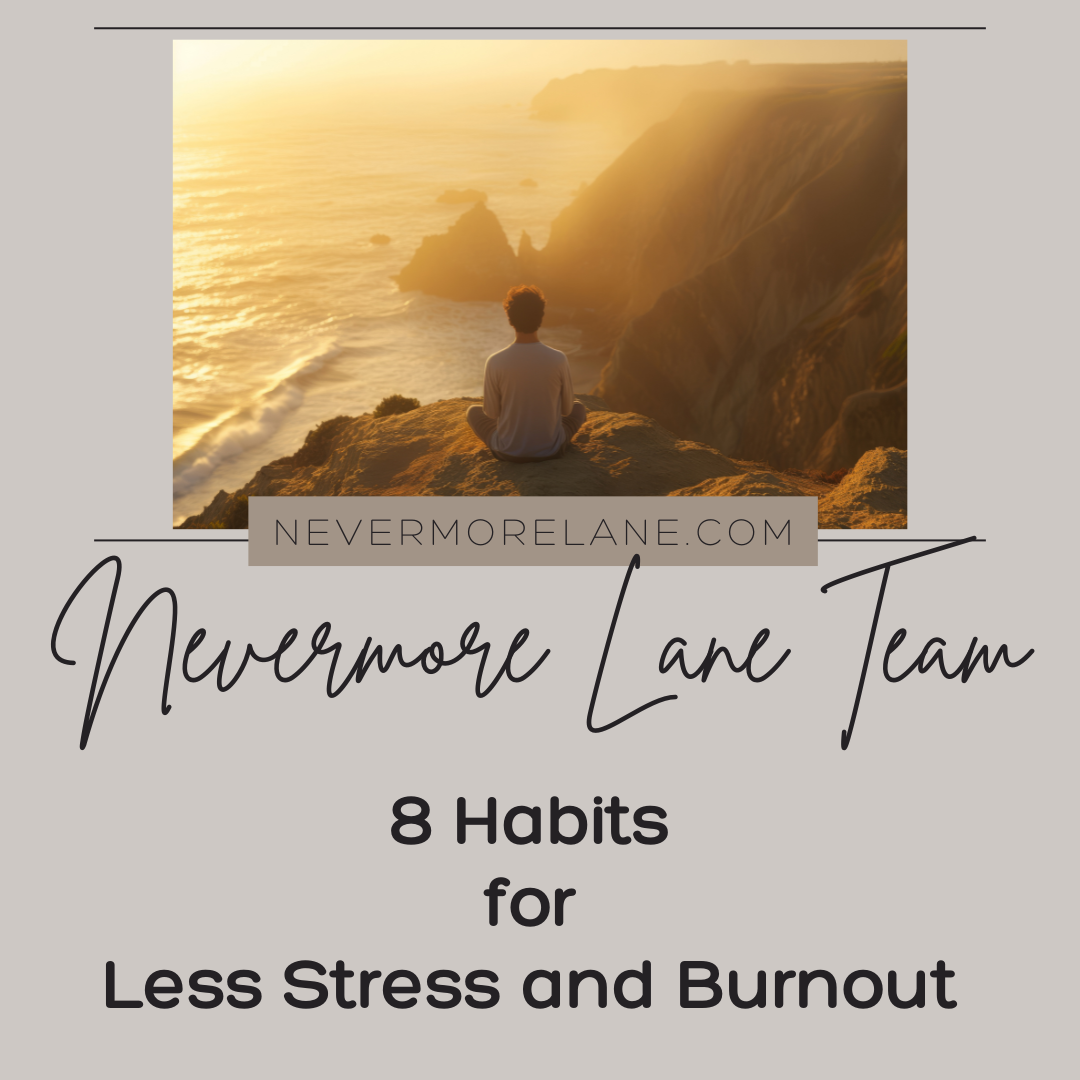Reversing the Damage of a Sitting Job
The home office that once promised freedom and flexibility has become a prison of aches, stiffness, and declining energy. Without the natural movement that comes from office interactions, water cooler conversations, and walking to meeting rooms, remote workers find themselves anchored to their desks for hours longer than they ever imagined possible. The transition from traditional office environments to home-based work has eliminated many of the small movements that once broke up long periods of sitting, creating a perfect storm for physical deterioration.
Photo by Peter Olexa
When Marcus switched to working from home three years ago, he celebrated the end of his daily commute and the comfort of his own space. However, without colleagues to chat with in the hallway or the need to walk to conference rooms, he found himself sitting in the same position for six to eight hours straight. What started as occasional lower back stiffness evolved into chronic pain, tight hip flexors, and a rounded posture that made him look decades older. His energy levels plummeted, and even simple tasks like climbing stairs left him winded, forcing him to realize that his sedentary lifestyle was rapidly aging his body.
The human body was designed for movement, yet the modern remote work environment actively discourages the natural patterns of activity that keep us healthy and pain-free. Extended sitting weakens core muscles, shortens hip flexors, and creates muscular imbalances that lead to chronic pain and poor posture. Home-based workers face an even greater challenge than their office counterparts, as they lack the built-in movement opportunities that naturally occur in shared workspaces, making them more susceptible to the compounding effects of prolonged sitting.
The damage caused by excessive sitting is not permanent, and targeted interventions can restore mobility, strength, and vitality regardless of how long you’ve been working from home. Strategic movement breaks, specific exercises that counteract sitting postures, and ergonomic adjustments can reverse years of physical decline and prevent future problems. The key lies in understanding which muscles have been weakened or shortened by prolonged sitting and implementing a systematic approach to restoring proper function and movement patterns.
Working with Professionals
There are many avenues towards better physical health, including stretching. However, stretching alone won’t be enough to counteract some of the more serious issues that come up via sitting for prolonged hours. Sitting for a long time for your job can cause structural issues within the body that require treatment. Alignment is a specialist chiropractor technique that offers reduced pain, a higher degree of flexibility, and improved holistic body mechanics.
Moving More and Taking Breaks
Movement is the key to better body health and can even provide mental health benefits. Just the simple act of movement causes a release of serotonin, and you don’t need to be the next Richard Simmons! A short outdoor walk with friends or pets each day can be enough to counteract the damage that can be done by staying sedentary all day, and is highly recommended if you sit at a desk all day, and helps make the most of your break times.
You could also take a walk alone and enjoy your favorite podcast or audiobook!
Reverse the Damage of a Sitting Job by Stretching
Muscles and indeed bones can become stiff from a sitting job. However, just 15 minutes of movement per day can be enough to severely increase health and reduce the risks of diabetes, heart disease, and musculoskeletal issues. While intense physical therapy exercises can boost your fitness, including stretches in your daily routine is enough to reduce potential issues:
- Begin with simple sitting stretches for the neck, shoulders, upper back, and spine.
- Target the key areas such as the hips, hamstrings, chest, shoulders, and the lower back.
- Use products such as massage rollers, lumbar support cushions, and acupressure mats.
Exercising for Strength
Of course, an exercise routine will counteract most major issues and help keep your body, heart, and even mind in good shape. Physical movement is a vital part of wellness beyond the holistic approach and is recommended by any doctor, even those who disregard holistic approaches. Strength training in particular is excellent for combating the problems from sitting all day, including core exercises, squats, and glute training for around 30 minutes per day.
Lifestyle, Ergonomics, and Posture
The health problems that come with a sedentary job can be made worse by your environment and lifestyle. Because you may not move much all day, diet and even how you sit at your desk can impact your health in a negative way. Then there are lifestyle habits such as smoking. Exercise alone isn’t enough, and it helps to address anything that contributes to poor health. Muscle and joint issues are also reduced with ergonomic furniture such as chairs and desks.
Your Body’s Remarkable Ability to Heal
The human body possesses an extraordinary capacity for adaptation and recovery, even after years of sedentary behavior have taken their toll. Research consistently shows that targeted movement interventions can restore muscle strength, improve posture, and eliminate chronic pain within weeks of consistent application. Remote workers who commit to regular movement breaks and corrective exercises often report feeling more energetic and pain-free than they have in years, proving that physical decline from sitting is entirely reversible.
The transition back to physical health requires more than occasional stretching or sporadic gym visits; it demands a comprehensive understanding of how prolonged sitting affects your body and which specific interventions will provide the greatest benefit. Successful recovery involves addressing shortened hip flexors, strengthening weakened glutes and core muscles, and restoring proper spinal alignment through targeted exercises and movement patterns. The most effective approaches integrate seamlessly into your work-from-home routine, making consistency achievable without disrupting productivity.
Your remote work career doesn’t have to come at the expense of your physical well-being and long-term health. By taking proactive steps to counteract the effects of prolonged sitting, you can maintain the flexibility and convenience of working from home while building a stronger, more resilient body. The investment you make in your physical health today will pay dividends in increased energy, reduced pain, and improved quality of life for years to come, proving that you can thrive professionally without sacrificing your body in the process.






